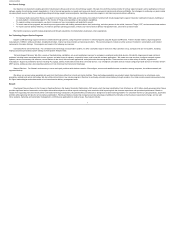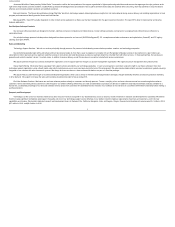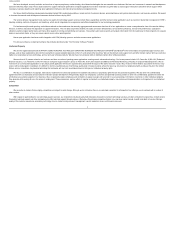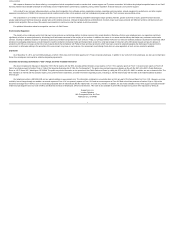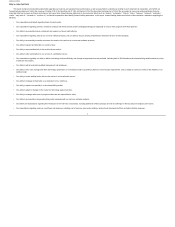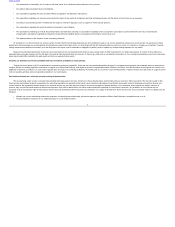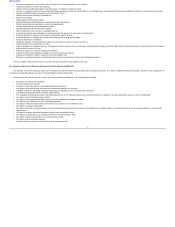Support.com 2014 Annual Report Download - page 15
Download and view the complete annual report
Please find page 15 of the 2014 Support.com annual report below. You can navigate through the pages in the report by either clicking on the pages listed below, or by using the keyword search tool below to find specific information within the annual report.
Table of Contents
We must compete successfully in the markets in which we operate or our business will suffer.
We compete in markets that are highly competitive, subject to rapid change and significantly affected by new product introductions and other market activities of industry participants. We compete with a number
of companies in the markets for technology services, end-user software products and technology support software. In addition, our partners may develop similar offerings internally.
The markets for our services and software products are still rapidly evolving, and we may not be able to compete successfully against current and potential competitors. Our ability to expand our business will
depend on our ability to maintain our technological advantage, introduce timely enhanced products and services to meet growing support needs, deliver on-going value to our customers, scale our business cost-
effectively, and develop complimentary relationships with other companies providing services or products to our partners. Competition in our markets could reduce our market share or require us to reduce the price of
products and services, which could harm our business, financial condition and operating results.
The competitors in our markets for services and software can have some or all of the following comparative advantages: longer operating histories, greater economies of scale, greater financial resources,
greater engineering and technical resources, greater sales and marketing resources, stronger strategic alliances and distribution channels, lower labor costs, larger user bases, products with different functions and
feature sets and greater brand recognition than we have. We expect new competitors to continue to enter the markets in which we operate.
Our future service and product offerings may not achieve market acceptance.
If we fail to develop new and enhanced versions of our services and products in a timely manner or to provide services and products that achieve rapid and broad market acceptance, we may not maintain or
expand our market share. We may fail to identify new service and product opportunities for our current market or new markets. In addition, our existing services and products may become obsolete if we fail to
introduce new services and products that meet new customer demands or support new standards. While we are developing new services and products, there can be no assurance that they will be timely released or
ever be completed, and if they are, that they will gain market acceptance or generate material revenue for us. We have limited control over factors that affect market acceptance of our services and products, including
the willingness of partners to offer our services and products and customer preferences for competitor services, products and delivery models.
We may make acquisitions that deplete our resources and do not prove successful.
We have made acquisitions in the past and may make additional acquisitions in the future. We may not be able to identify suitable acquisition candidates at prices we consider appropriate. If we do identify an
appropriate acquisition candidate, we may not be able to successfully negotiate the terms of the acquisition. Our management may not be able to effectively implement our acquisition program and internal growth
strategy simultaneously. The integration of acquisitions involves a number of risks and presents financial, managerial and operational challenges. We may have difficulty, and may incur unanticipated expenses
related to, integrating management and personnel from these acquired entities with our management and personnel. Our failure to identify, consummate or integrate suitable acquisitions could adversely affect our
business and results of operations. We cannot readily predict the timing, size or success of our future acquisitions. Even successful acquisitions could have the effect of reducing our cash balances. Acquisitions could
involve a number of other potential risks to our business, including the following, any of which could harm our business results:
• Unanticipated costs and liabilities and unforeseen accounting charges or fluctuations;
• Delays and difficulties in delivery of services and products;
• Failure to effectively integrate or separate management information systems, personnel, research and development, marketing, sales and support operations;
• Loss of key employees;
• Economic dilution to gross and operating profit;
• Diversion of management’s attention from other business concerns and disruption of our ongoing business;
• Difficulty in maintaining controls and procedures;
• Uncertainty on the part of our existing customers about our ability to operate after a transaction;
• Loss of customers;
• Loss of partnerships;
• Inability to execute our growth plans;
• Declines in revenue and increases in losses;
• Failure to realize the potential financial or strategic benefits of the acquisition or divestiture; and
• Failure to successfully further develop the combined or remaining technology, resulting in the impairment of amounts recorded as goodwill or other intangible assets.
14
EDGAR Stream is a copyright of Issuer Direct Corporation, all rights reserved.


